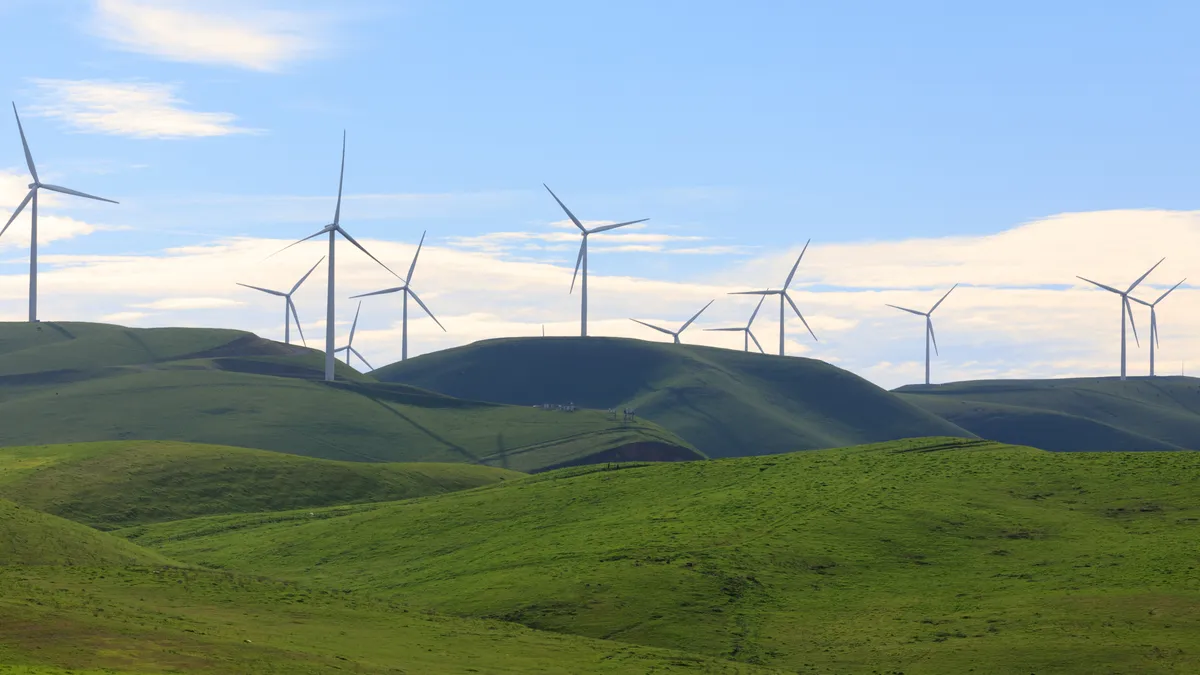New additions of U.S. wind capacity reached just 945 MW in the second quarter, falling 77% from the more than 4 GW that was installed during the same period last year, according to new data from S&P Gobal Market Intelligence.
The second quarter capacity additions were also 66% below Q1 2022 figures, when wind developers added 2,786 MW of wind power capacity, according to the data.
“The second-quarter 2022 total is the lowest level for U.S. wind additions since the third quarter of 2018, when developers installed 910 MW of projects,” S&P analysts said in commentary published Wednesday.
The decline in wind additions came amid inflation and supply chain constraints, as well as uncertainty about the outlook for production tax credits, analysts noted. Credits for renewable energy were included in the Inflation Reduction Act, which President Biden signed into law on Aug. 16.
A similar set of influences has also hit the solar sector. About 20% of planned capacity for utility-scale solar projects were delayed in the first half of 2022, according to a recent analysis from the U.S. Energy Information Administration.
Developers are planning to install 17.8 GW of utility-scale solar capacity this year, EIA said. But from January through June, just 4.2 GW came online, “less than half of what the industry had planned to install in those months,” EIA said.
Despite the slowdown in renewables development, according to the SUN DAY Campaign renewable energy provided more than a quarter of the United States’ generation during the first half of 2022. In the first half, wind provided 11.55% of electricity generation and solar provided almost 5%. Biomass, geothermal and hydropower provided the remainder of the 25.23% of U.S. generation that was renewable, the group said.














